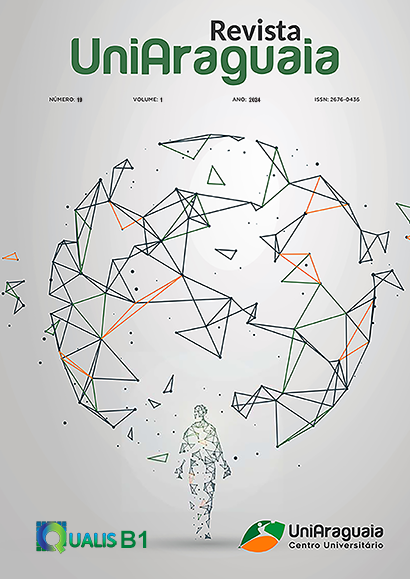EFEITO DOS MÉTODOS DE CORREÇÃO DA TRABALHABILIDADE NA RESISTÊNCIA À COMPRESSÃO AXIAL DE CONCRETO
Keywords:
Concreto, Trabalhabilidade, Superplastificante, Relação água/cimento, Resistência à compressão.Abstract
Fatores como a temperatura e umidade relativa do ambiente, condições dos agregados e agitação do misturador favorecerem a evaporação de parte da água de amassamento do concreto e são responsáveis pela redução da trabalhabilidade ao longo do tempo. Para correção da trabalhabilidade do concreto no momento do lançamento nas formas algumas concreteiras tem utilizado a adição de água, superando a quantidade definida no traço inicial e comprometendo a resistência à compressão axial do concreto, sendo recomendado nestes casos o uso de aditivos químicos. Este estudo avalia a correção de trabalhabilidade de um traço de concreto dentro de um intervalo de tempo de 240 minutos, entre o início do amassamento e o lançamento, quando utilizada a adição de água ou o uso de um aditivo superplastificante, sendo comparados os efeitos na resistência à compressão axial dos concretos. Os resultados demonstraram pouca variação na perda de trabalhabilidade entre os métodos de correção. O uso de aditivo superplastificante demonstrou possibilidade de utilização do concreto após o tempo limite estipulado pela norma brasileira, evitando alterar a relação água/cimento estipulada pelo traço de concreto e acarretando em menor redução da resistência à compressão axial.
Downloads
Published
Issue
Section
License
Copyright (c) 2024 REVISTA UNIARAGUAIA

This work is licensed under a Creative Commons Attribution 4.0 International License.
The copyright of the published articles will be transferred to the Uniaaraguaia Magazine, allowing its subsequent reproduction as transcription and with due citation of source. In the event of acceptance and before the publication of the article, the plaintiff (s) shall write a statement formally transferring copyright to the magazine.
The author may also print and distribute copies of his article, provided that he mentions that the rights belong to the Uniaaraguaia Magazine.
Author rights include the right to reproduce in full or partly by any means, distribute this article, including figures and photographs.
By submitting originals to the Uniaaraguaia magazine, the author or authors express agreement with the following terms:
a) Authors maintain copyright and grant Uniaraguaia magazine the right of first publication, with the work simultaneously licensed under the Creative Commons Attribution license that allows the sharing of work with recognition of the authorship and initial publication in this magazine.
b) Authors are authorized to assume additional contracts separately, for non-expiration distribution of the work version published in this magazine (eg publish in institutional repository or as book chapter), with recognition of authorship and initial publication in this journal.
c) Authors are allowed and are encouraged to publish and distribute their work online (eg in institutional repositories or on their personal page) to any point before or during the editorial process, as this can generate productive changes as well as increase the impact and citation of published work.

